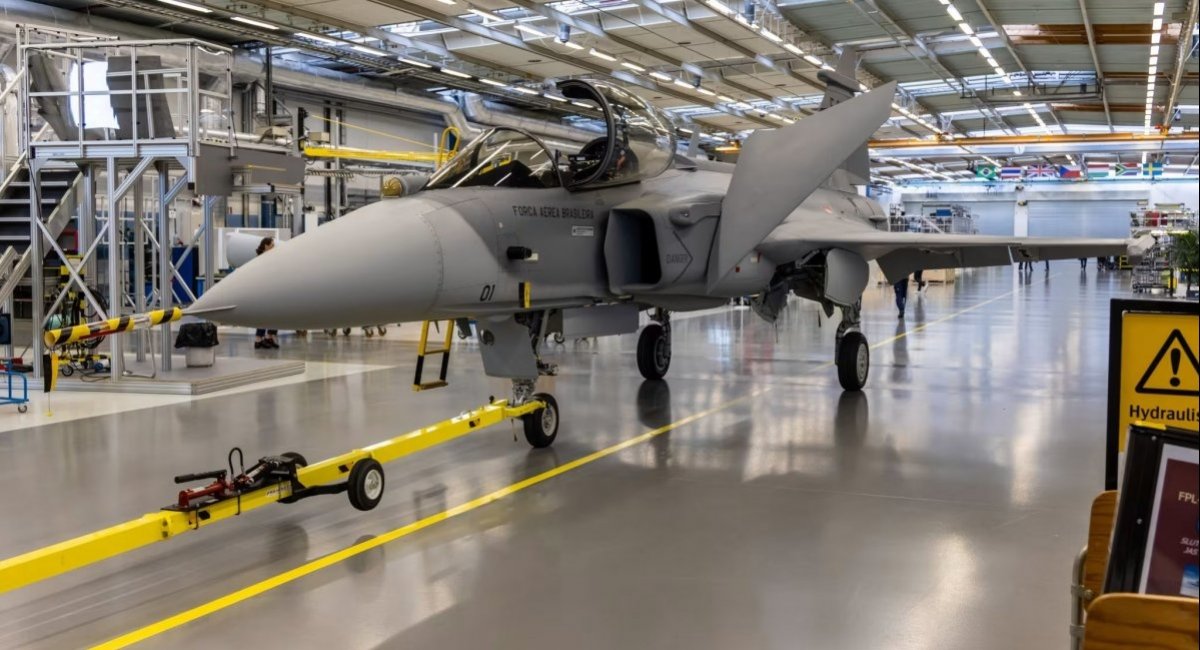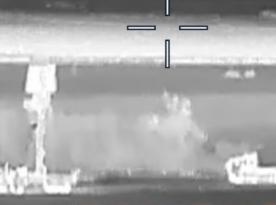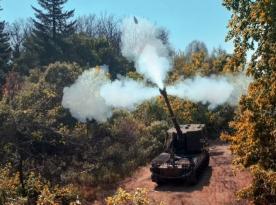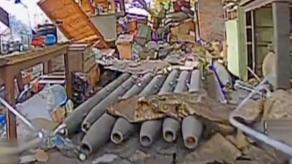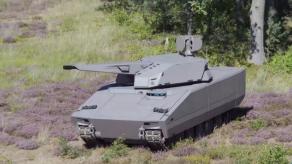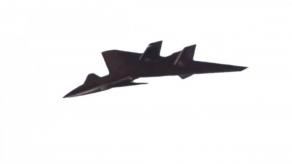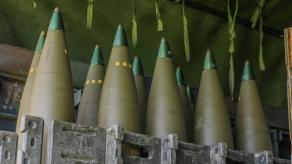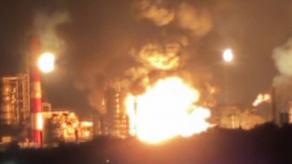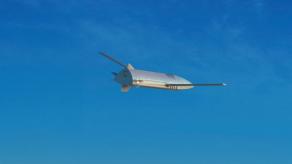Swedish company Saab, in order to fulfill a large-scale contract for Ukraine for the JAS 39E/F Gripen fighter jets, and we are talking about "at least 100 aircraft", means the need not only to expand production capacities, but also to create a new production center.
Saab is currently expanding its negotiation plans with countries interested in purchasing the multi-role Gripen aircraft.
Read more: Saab Has Apparently Fixed the GLSDB and Anduril Made Its Engines Faster and Cheaper
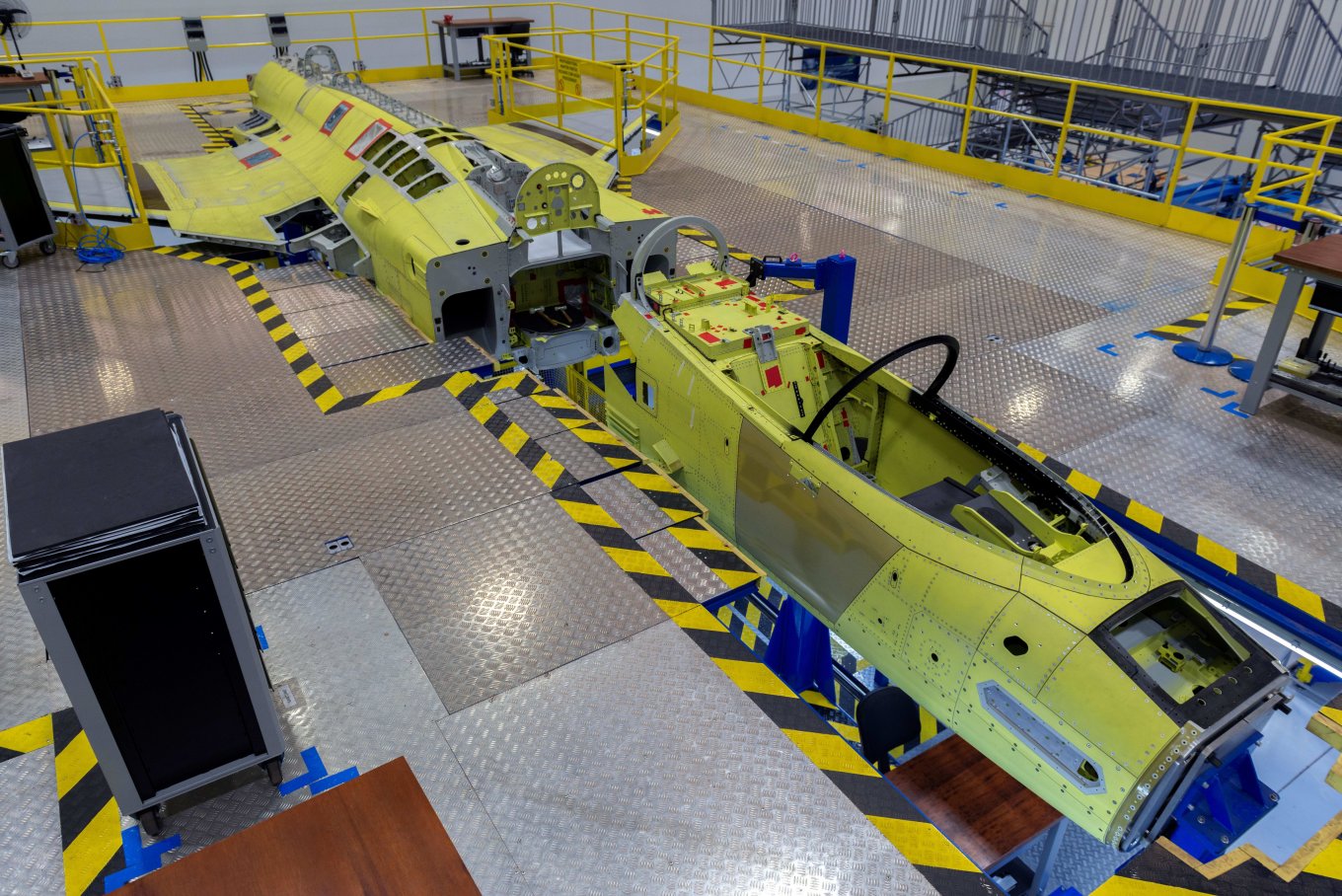
The company is "initiating as we speak other partnership discussions in countries that would have an interest in the Gripen. It would mean that we would need another [production] hub,”" Saab CEO Mikael Johansson told Flight Global.
We should recall that this is exactly the forecast made by Defense Express with the logical clarification that the new production facilities should be located in Ukraine, as well as an analysis of how long it will take.
The fact is that currently Saab can produce just about 12 Gripen per year at its plant in Sweden, but the company is very actively investing in expanding its production with a plan to produce 20-30 aircraft per year. However, the company can achieve such a production rate no earlier than in a couple of years.
It should be noted that in Brazil, in accordance with the 2014 contract, the full assembly of Gripen fighters has already been deployed. But the aircraft, fully manufactured in this country at Embraer facilities, is still only preparing for its first flight. After all, the production capacities of the Brazilian center can also be scaled up.
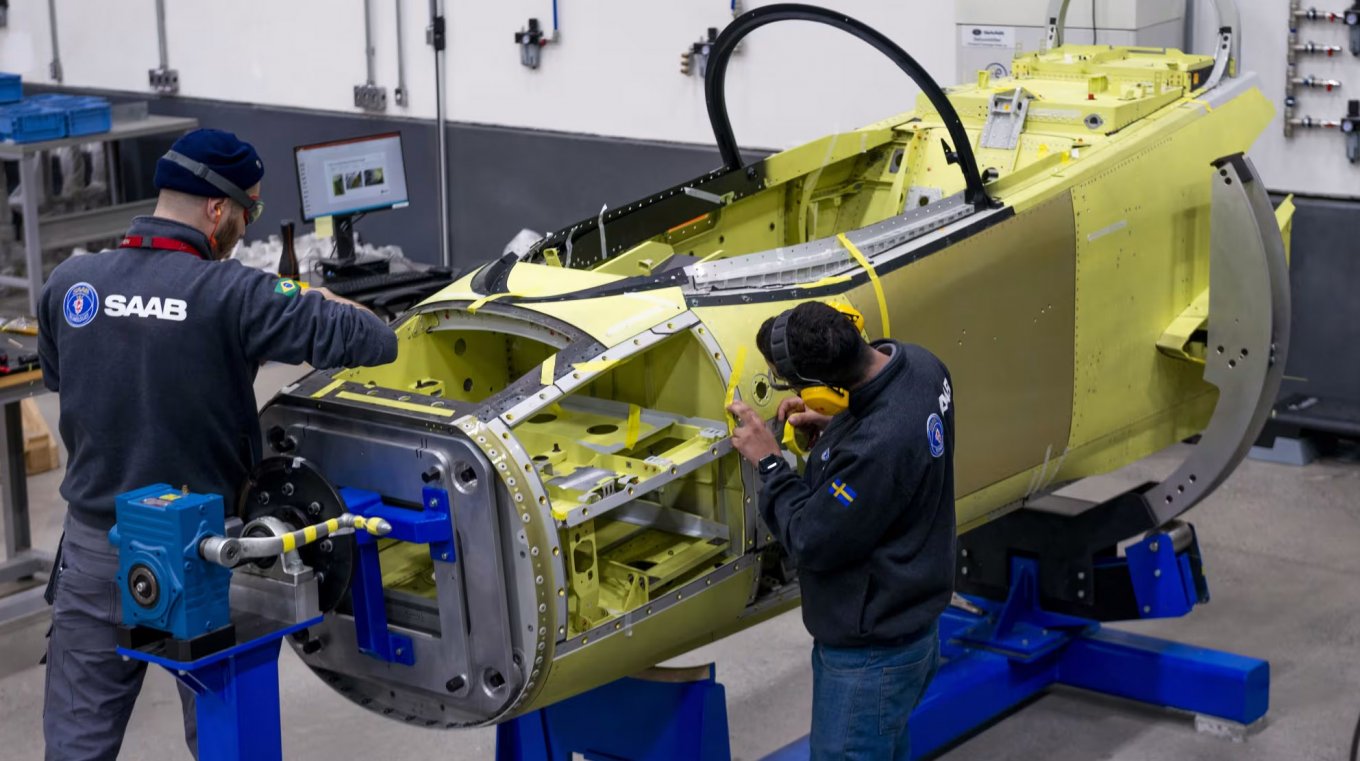
However, even such capacities may not be enough for the production of Gripen. In particular, Colombia and Peru are currently in the final stages of contracting aircraft. After all, Sweden has also already ordered 60 Gripen, while Brazil is considering purchasing an additional number of new aircraft.
It should be understood that at present, a potential contract for the purchase of Gripen for Ukraine is only beginning to take shape. So far, only a memorandum has been signed, on the basis of which the future terms of the general agreement are being formed. In particular, the issues of financing, volume and delivery times have not yet been resolved, as the head of Saab noted.
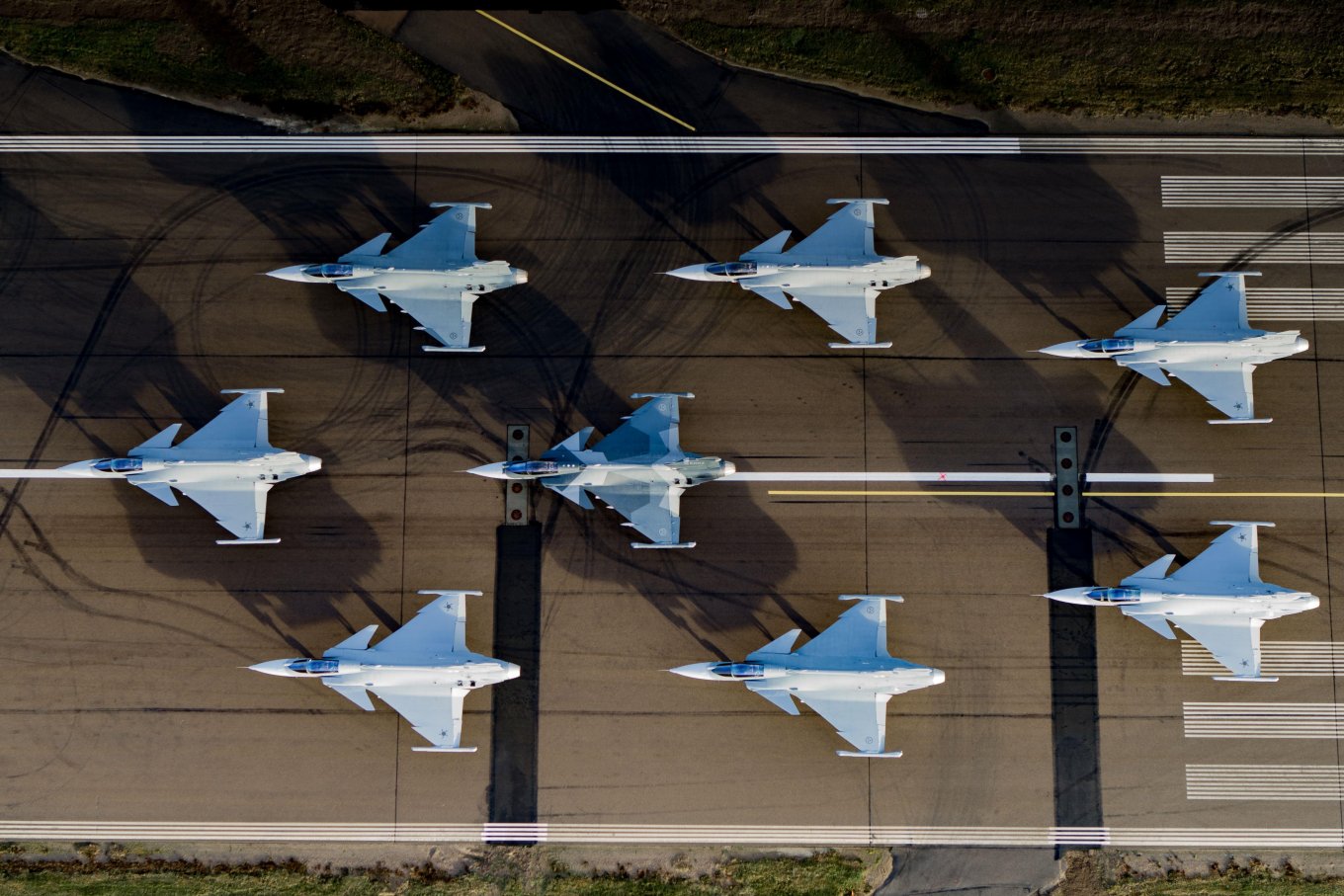
"The message from the politicians [is that] we want to help Ukraine by creating an air force with Gripen as the prime fighter. We will start working this now and look at what the expectations are from Ukraine when it comes to schedule, delivery rate and when the first aircraft needs to arrive. And then will offer them something," the head of Saab noted.
For Ukrainians, the key task should be to localize Gripen production in their own country. After all, the Swedish government immediately confirmed the possibility of such a scenario. Similar terms of sale were implemented for Brazil, and were also offered to India, which, at least so far, has not taken advantage of them. In the case of India, it was about transferring the production of 96 out of 114 fighters to its territory.
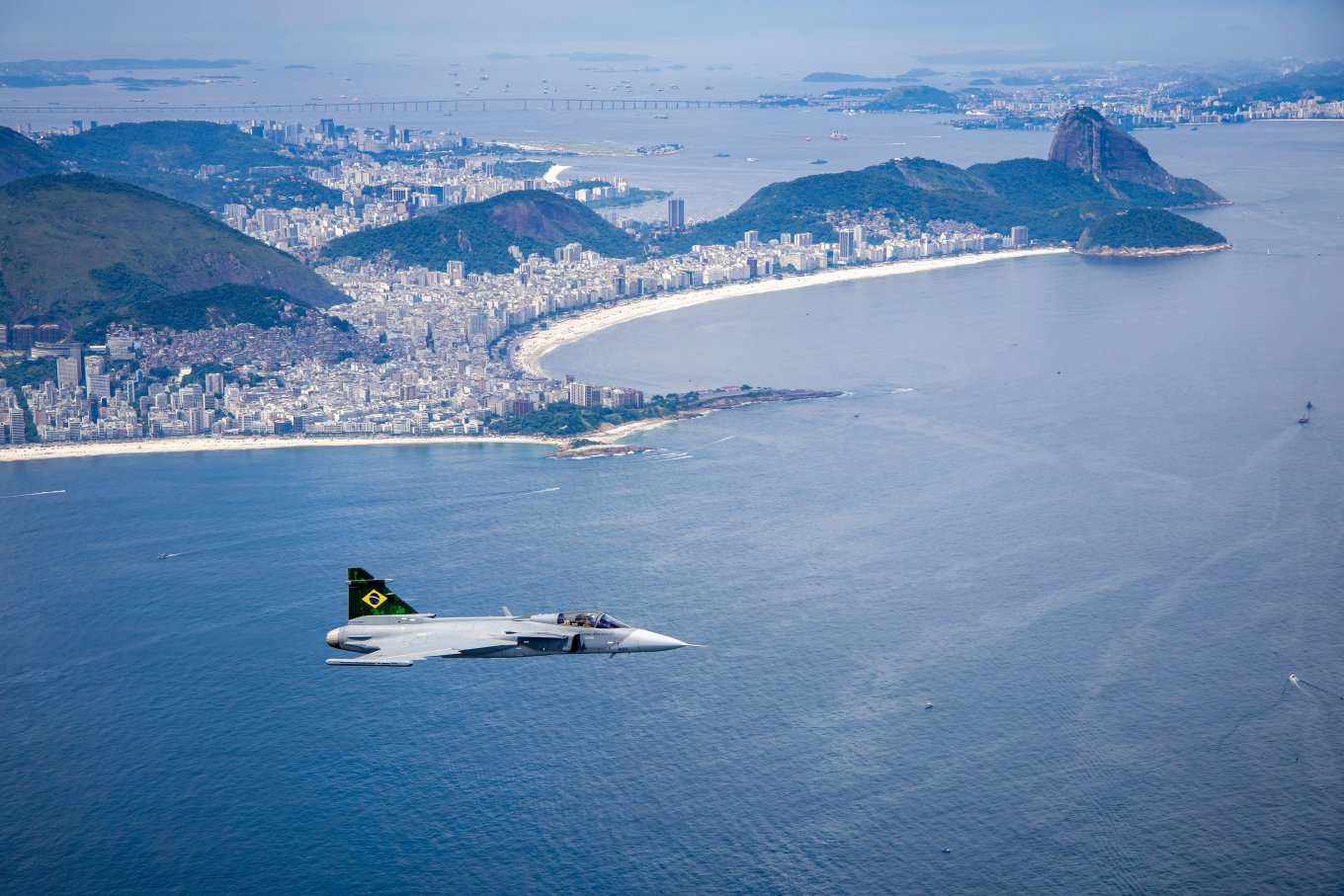
Creating its own production facilities on the basis of localization under offset agreements means not only that money remains in the country's economy. Creating its own production facilities in Ukraine also means obtaining competencies for further modernization and maintenance of Gripen. On the other hand, for Saab, this may mean expanding its own production facilities as well as the possibility of involving them in the fulfillment of other orders.
As Defense Express reported, Saab to launch air defense production in Ukraine, could aid Gripen jet manufacturing.
Read more: Swedish Avionics to Upgrade Ukrainian Jets Under New Defense Cooperation with SAAB




